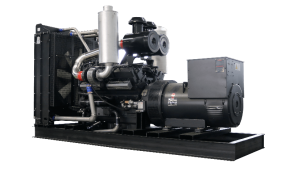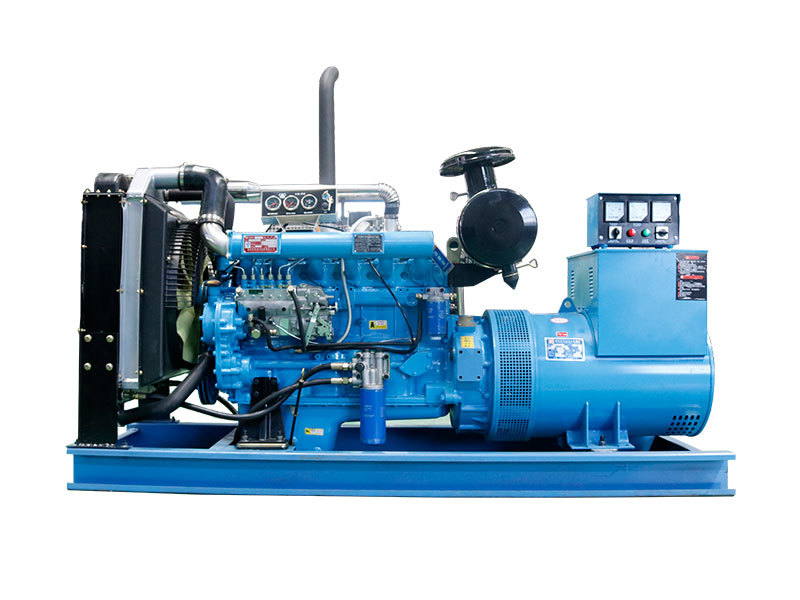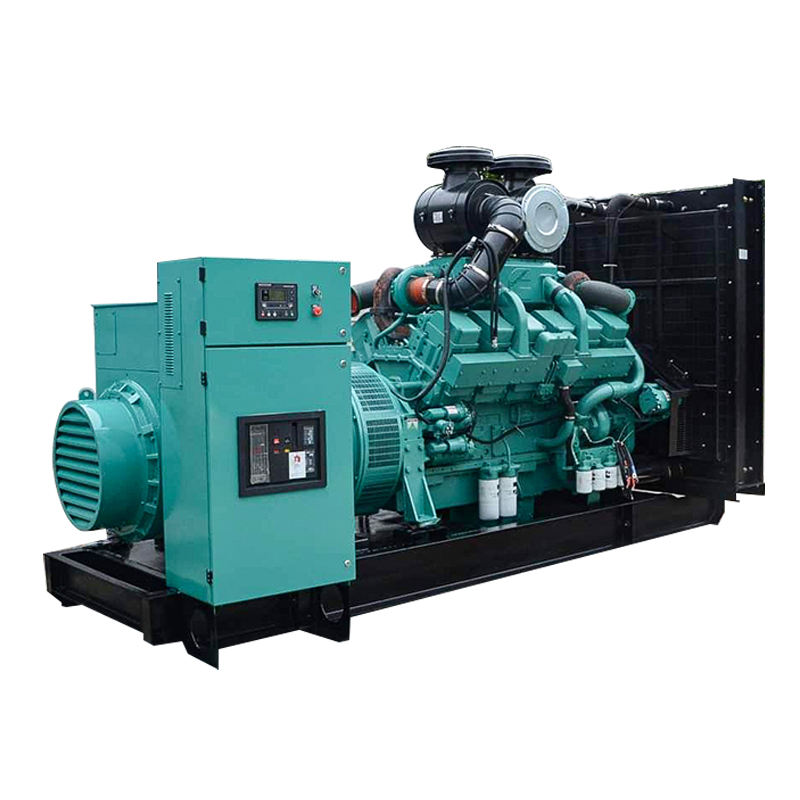Unlocking Sustainable Energy: The Power of a Biogas Generator Set
To be honest, when most people think about energy, they often picture massive power plants or sprawling solar farms. But there's a quieter, often overlooked revolution happening right under our noses, driven by something as fundamental as organic waste. We're talking about the incredible potential of a biogas generator set – a true game-changer in the quest for sustainable energy. This isn't just about producing electricity; it's about fundamentally rethinking how we manage waste, enhance agricultural practices, and foster energy independence, particularly in rural or off-grid areas.
Frankly speaking, the concept is elegantly simple: take organic matter that would otherwise decompose and release harmful greenhouse gases into the atmosphere, and instead, harness its energy. A biogas generator set is the heart of this process, converting the methane-rich gas produced from anaerobic digestion into usable electricity and heat. It's a powerful example of the circular economy in action, turning a problem (waste) into a valuable resource (energy). Have you ever wondered about the true potential lying dormant in your everyday organic waste? Prepare to be enlightened.
The Journey from Waste to Watts: How a Biogas Generator Set Works
Understanding the mechanics behind a biogas generator set is key to appreciating its genius. The process begins with what’s known as anaerobic digestion. This is essentially a natural biological process where microorganisms break down organic matter—like agricultural waste, animal manure, food scraps, or even municipal sewage—in the absence of oxygen. This decomposition produces biogas, a mixture primarily composed of methane (CH4) and carbon dioxide (CO2), along with trace amounts of other gases.
Once the biogas is produced in a digester, it needs to be processed. Raw biogas often contains impurities like hydrogen sulfide (H2S), which can be corrosive to engine components. Therefore, it typically undergoes a desulfurization and drying process to ensure it's clean enough for combustion. This purification step is crucial for the longevity and efficiency of the entire system.
Interestingly enough, after purification, the biogas is fed directly into the engine of the biogas generator set. These engines are specifically designed to run on biogas, similar in principle to natural gas engines. As the biogas combusts, it drives the engine, which in turn spins an alternator, generating electricity. What’s more, many modern biogas generator sets are designed as Combined Heat and Power (CHP) units. This means they not only produce electricity but also capture the waste heat generated by the engine—from the exhaust gases and cooling system—and utilize it for other purposes, such as heating the digester itself, warming buildings, or for industrial processes. This significantly boosts the overall efficiency of the system, often reaching total energy efficiencies of 80% or more.
In my experience, the beauty of this integrated approach is that it maximizes energy recovery from the initial organic input. The digestate, the leftover material from the anaerobic digestion process, is also a valuable byproduct. It's a nutrient-rich, pathogen-reduced fertilizer that can be safely returned to the land, completing the nutrient cycle and reducing the need for synthetic fertilizers. It's a win-win situation for both energy production and sustainable agriculture.
Beyond the Grid: Diverse Applications of Biogas Generator Sets
The versatility of a biogas generator set means it can be deployed in a wide array of settings, each benefiting from its unique capabilities. From large-scale industrial operations to small, community-based projects, their applications are as diverse as the organic waste streams they process.
Agricultural Sector
Perhaps the most natural fit for biogas technology is the agricultural sector. Farms, especially those with significant livestock operations, produce vast amounts of manure. Instead of managing this as a waste disposal challenge, a biogas generator set transforms it into a valuable asset. Farmers can use the generated electricity to power their operations, reducing or eliminating their reliance on the grid and costly fossil fuels. The heat can be used for heating barns, greenhouses, or drying crops. Moreover, the digestate provides a superior fertilizer, improving soil health and crop yields while mitigating nutrient runoff and odor issues associated with raw manure. Many experts agree that this closed-loop system is a cornerstone of sustainable farming.
Municipal Waste Management
Urban areas grapple with enormous volumes of organic waste from households, restaurants, and food processing industries. Landfilling this waste contributes significantly to methane emissions, a potent greenhouse gas. Biogas plants equipped with generator sets can process this waste, diverting it from landfills, reducing environmental pollution, and simultaneously generating clean energy for cities. This not only addresses waste management challenges but also contributes to a city's energy security and climate goals.
Industrial Applications
Certain industries produce significant organic byproducts. Food processing plants, breweries, distilleries, and paper mills often have high organic waste streams. Installing a biogas generator set allows these industries to turn their waste into a self-sufficient power source, reducing operational costs and enhancing their environmental footprint. This can also help them meet increasingly stringent environmental regulations and demonstrate corporate social responsibility.
Remote and Off-Grid Communities
For communities in remote areas lacking access to a stable electricity grid, a biogas generator set offers a lifeline. Utilizing locally available organic resources, these systems can provide reliable power for lighting, cooking, and essential services, significantly improving quality of life and fostering local economic development. I’ve found that these decentralized energy solutions empower communities to take control of their energy future.
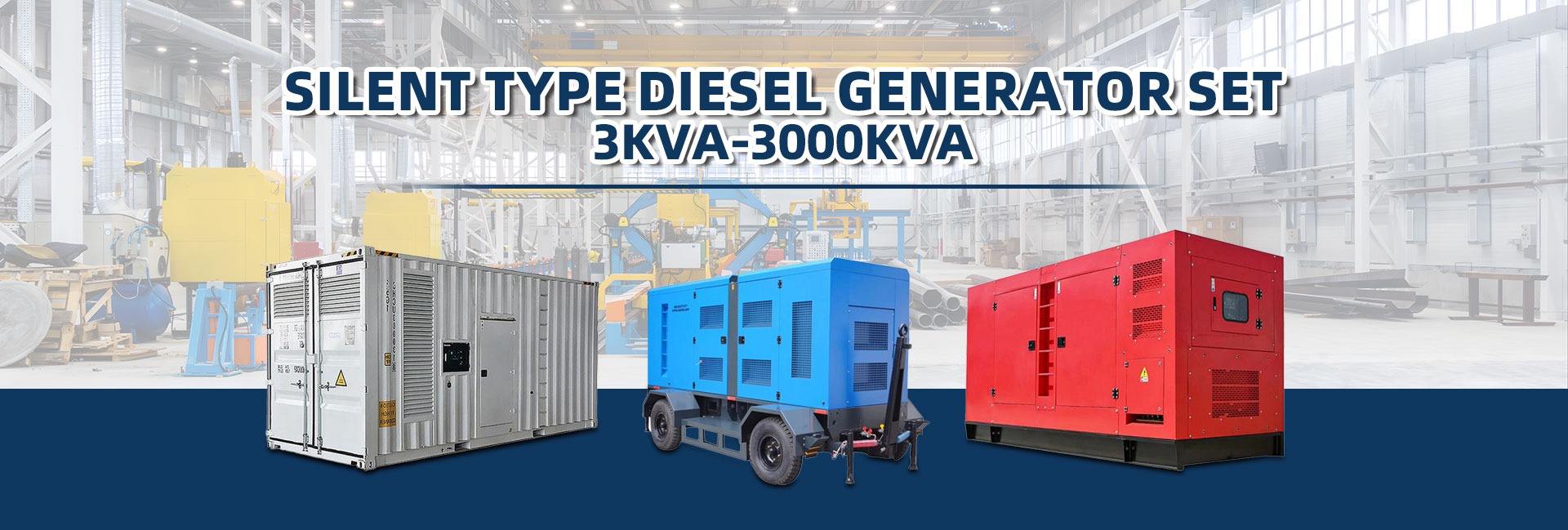
The Undeniable Benefits: Why Biogas is a Smart Investment
Investing in a biogas generator set isn't just about generating power; it's about embracing a multi-faceted solution that delivers significant environmental, economic, and social benefits.
Environmental Stewardship
- Greenhouse Gas Reduction: By capturing methane that would otherwise be released into the atmosphere from decomposing organic waste, biogas systems significantly reduce greenhouse gas emissions. Methane is 25 times more potent than CO2 over a 100-year period, so preventing its release has a substantial positive impact.
- Waste Diversion: It diverts vast quantities of organic waste from landfills, reducing landfill burden and associated environmental problems like leachate contamination.
- Reduced Reliance on Fossil Fuels: By generating renewable electricity and heat, biogas systems decrease the demand for fossil fuels, contributing to energy security and reducing carbon footprints.
- Improved Air and Water Quality: Proper waste management through anaerobic digestion can reduce odors and pathogens associated with raw organic waste, leading to cleaner air and water.
Economic Advantages
- Revenue Generation: Electricity generated can be used on-site, reducing utility bills, or sold back to the grid, creating a new revenue stream.
- Cost Savings: Reduced waste disposal costs and lower energy expenditures contribute directly to the bottom line.
- Fertilizer Value: The digestate byproduct is a high-quality, natural fertilizer, reducing the need for expensive chemical fertilizers and improving soil health.
- Job Creation: The construction, operation, and maintenance of biogas plants create local jobs, stimulating rural economies.
Social Impact
- Energy Independence: Localized energy production reduces reliance on centralized grids and volatile energy markets, enhancing energy security for communities and businesses.
- Improved Sanitation: Especially in developing regions, biogas systems can significantly improve sanitation by providing a safe and effective way to manage organic waste.
- Rural Development: They offer sustainable development opportunities for agricultural communities, providing stable income and improved living conditions.
Key Considerations and the Future of Biogas Technology
While the benefits are compelling, implementing a biogas generator set requires careful planning and consideration. It's not a one-size-fits-all solution, and success hinges on several factors.
Feedstock Availability and Consistency
The type, quantity, and consistency of the organic feedstock are paramount. Different feedstocks have varying methane potentials, and a stable supply is crucial for continuous operation. Understanding the composition of your waste stream is the first step.
Scale and System Design
Biogas systems range from small, domestic units to large, industrial-scale plants. The design must be tailored to the specific needs, available feedstock, and energy demand. This includes selecting the right digester type, gas purification system, and, critically, the appropriately sized biogas generator set.
Maintenance and Operation
Like any complex machinery, biogas generator sets require regular maintenance to ensure optimal performance and longevity. This includes routine checks of the engine, gas purification system, and digester. Proper operation also involves monitoring gas production, temperature, and pH levels within the digester.
Regulatory and Policy Landscape
The feasibility and profitability of a biogas project can be significantly influenced by local and national regulations, incentives, and energy policies. Feed-in tariffs, grants, and carbon credit schemes can make a substantial difference in project viability.
Looking ahead, the future of biogas technology, and specifically the biogas generator set, looks incredibly promising. Innovations are constantly improving efficiency, reducing operational costs, and expanding the range of suitable feedstocks. We're seeing advancements in:
- Enhanced Digestion Technologies: New pre-treatment methods and microbial inoculants are boosting methane yields and reducing digestion times.
- Flexible Operation: Systems are becoming more adaptable to varying loads and grid demands, allowing for more dynamic energy management.
- Biogas Upgrading: The ability to upgrade biogas to biomethane (nearly pure methane) opens up new possibilities, allowing it to be injected into natural gas grids or used as vehicle fuel. This is a significant step towards decarbonizing the transport sector.
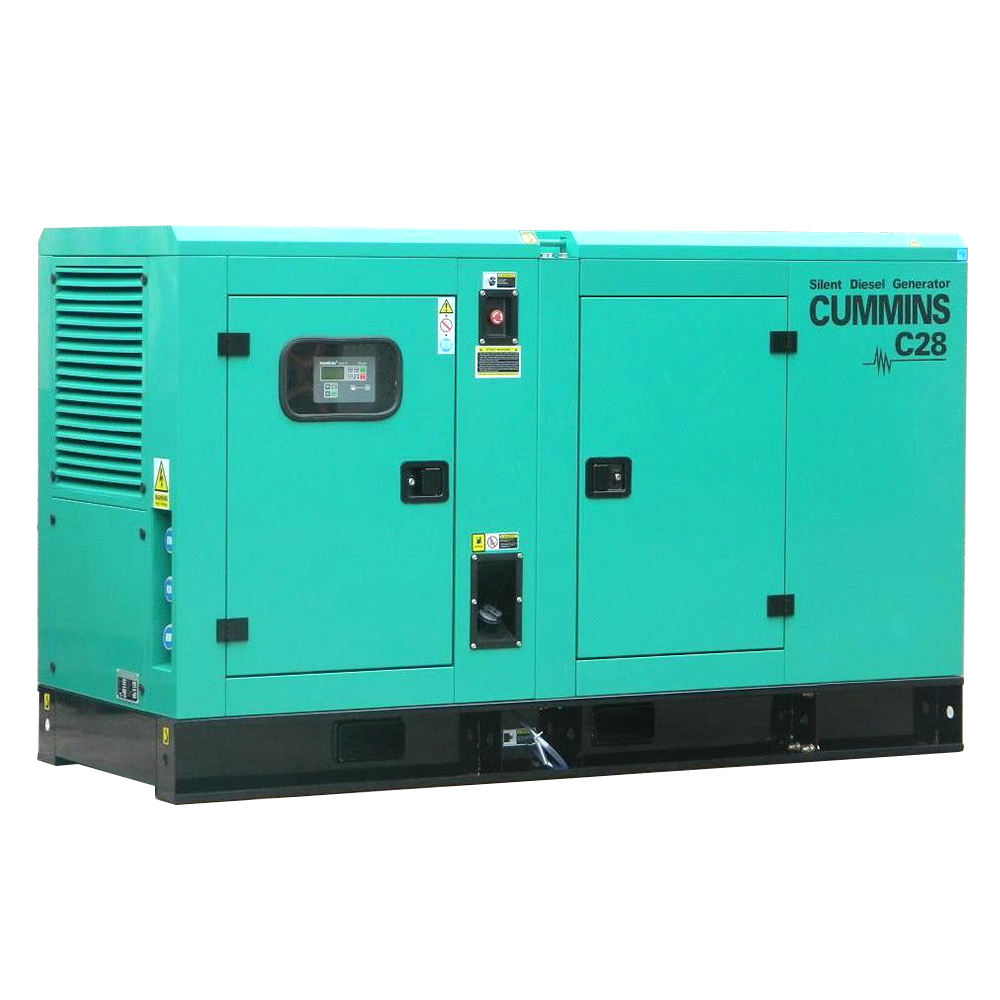
In conclusion, the biogas generator set stands as a powerful testament to human ingenuity in addressing some of the world's most pressing challenges: waste management, energy security, and climate change. It's a technology that offers tangible benefits today and holds immense potential for a truly sustainable tomorrow. It's worth noting that embracing this technology isn't just an environmental choice; it's an economically sound decision for businesses, farms, and communities alike.
The journey from organic waste to clean, renewable energy is a compelling narrative of innovation and responsibility. As we continue to seek greener alternatives, the role of the biogas generator set will only grow in importance, illuminating a path towards a more resilient and sustainable energy future for all.
For more detailed information, please visit our official website:Biogas generator set
About the author: Dr. Anya Sharma is a leading expert in renewable energy systems, with over 15 years of experience specializing in anaerobic digestion and biogas technologies. Holding a Ph.D. in Environmental Engineering, she has advised numerous projects globally, focusing on sustainable waste-to-energy solutions. Her work emphasizes practical applications and economic viability, making complex green technologies accessible and impactful.
